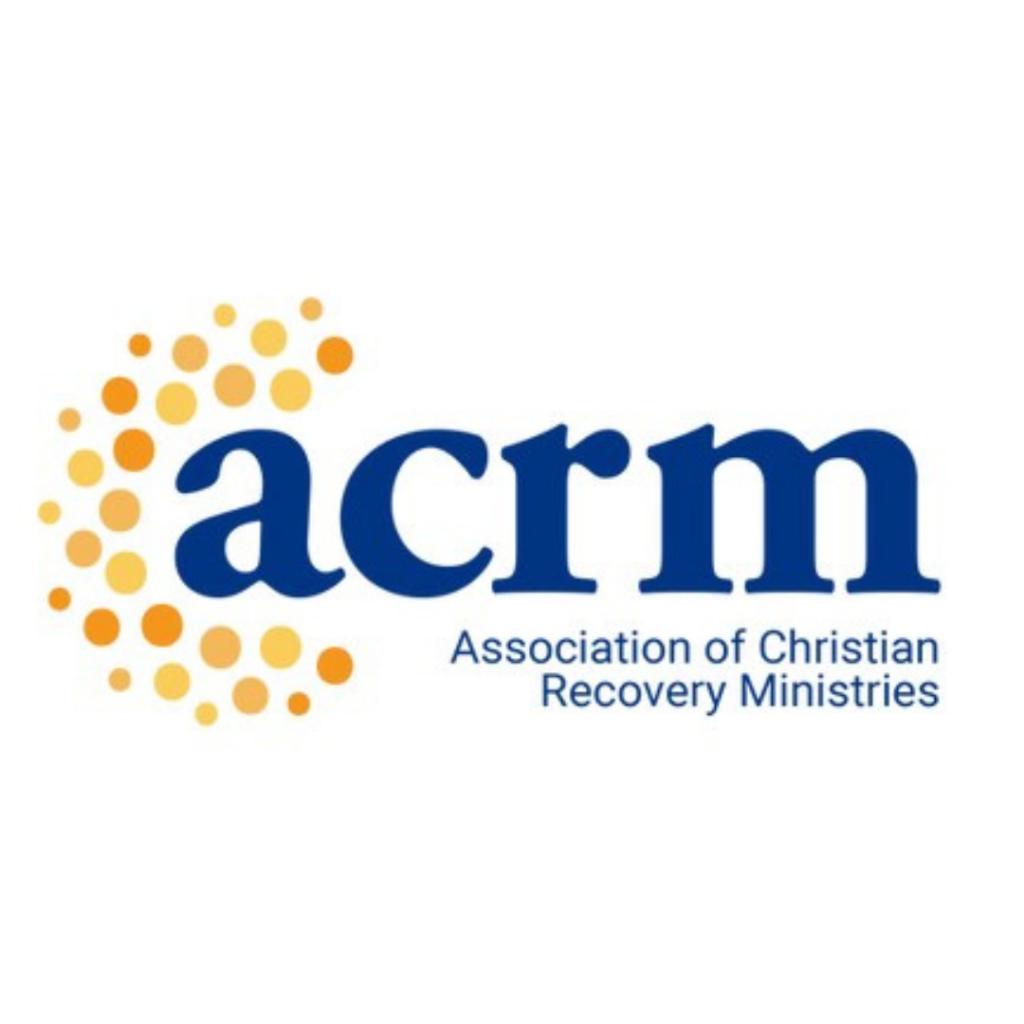On several occasions, as a Grief Recovery Method Specialist, I’ve heard it said, “It (experimenting with drugs) all began with a teenage breakup.” or “It was a childhood injury.” Perhaps the pain is sometimes emotional, sometimes physical or both. In the late 1990’s, the study began about Adverse Childhood Experiences and how the difficulties can lead to addictions such as alcohol, drugs and other “health risk behaviors”. In grief recovery, we call these STERBs (Short Term Energy Relieving Behaviors). Two different names for the same things! The ACE study shows that over sixty percent of us have at least one Adverse Childhood Experience in our growing up story but doesn’t include things like a pet dying, moving from one location to another, changing schools, our first love break up or any of the other “minor” losses we all experience as children. One hundred percent of the human population, regardless of age, are grievers. This in itself is an epidemic, and it’s getting worse.
This is where the opiate crisis comes into the picture. Thanks to societal influence, changing healthcare practices and a “quick-fix” mentality, we simply want something to make the pain go away. So later, when the pain gets so bad, we’ve now been conditioned to this thought . . . “Here, take a pill and fix your life.” Opiates, along with other drugs, leave the impression they can do this. In fact, so well we can find ourselves wanting more and more often. To many, the thought of escaping sounds much better than coping. Especially those being raised in today’s society. However, the void addiction seems to fill is only masked.
When Trust for America’s Health, a national not-for-profit public health organization, produced an excellent article on the epidemic of deaths due to alcohol, drugs and suicide, the connection between grief and addictions was formally affirmed. The initial report was titled “Pain in the Nation”. This article talked about the pain, both physical and emotional, leading people into addiction as well as the act of suicide. They are called “deaths of desperation.” We may as well call them deaths due to grief. After all, we’ll use any word or descriptive phrase we can rather than call grief what it is . . . Grief. This report provides projections for these deaths by the year 2025. You can even find projections for your specific state, as well as the nation. The picture it paints is not a pretty one. They’ve subsequently published updated reports and most recently, one discussing the devastating impact these deaths are having among the millennial generation.
We often talk about various substances being the “gateway drug” to addiction. It is now being understood unresolved grief is a major underlying cause. The information that we’re learning about the opiate epidemic seems to be putting the pieces of the puzzle together. Grief and loss starting in childhood and continuing through adulthood too often results in overwhelming desperation. Grief is cumulative, and cumulatively negative, and the impact on our lives is both emotional and physical. It takes a huge toll on our lives, our work places, our families, our healthcare system and our economy.
The action steps in the Grief Recovery Method shed light on the “old tools” we have used to deal with our grief, the myths and misinformation, the attempts to “act just fine”, and the short-term behaviors we’ve learned to use growing up in our families and our communities. This method provides new action steps to be taken to identify, give a name to and to give voice to the undelivered communications around the unmet hopes, dreams and expectations that have been “incomplete” for us, as a result of our cumulative losses, leading to the emotional pain we carry. It’s for these reasons, and by using these new tools, that many chemical dependence and addiction treatment programs have successfully used the Grief Recovery Method as a treatment strategy in conjunction with other modalities. Since the Grief Recovery Method is not limited to dealing with only losses due to death, it is appropriate for dealing with numerous other types of losses typically found in the history of those battling substance use and addiction. This method has also been used to help prevent relapses back into addiction by resolving the emotional pain that continues to accrue as additional losses occur in one’s life. By learning these new tools, and being able to use them throughout life, for a variety of losses, it can be an excellent tool for helping someone get, and stay, clean and sober. John James, a recovered alcoholic, created the Grief Recovery Method and for over 40 years the program has worked very well with step programs to prevent relapse.
I believe the broader implementation of the Grief Recovery Method, which is available in group, one/one and online formats, can be a major piece of the puzzle that will begin to not only address the grief resulting from the opiate epidemic, but can also help address the desperation that leads to addictions as well. And, in so doing, if we can reduce the likelihood of addiction and relapses, we can therefore also make an impact on the frequency of overdoses and the resulting deaths they cause. To learn more about the Grief Recovery Method, contact Dana Beavers via dana@danabeavers.com or to find a Certified Specialist in your area, visit www.griefrecoverymethod.com.








